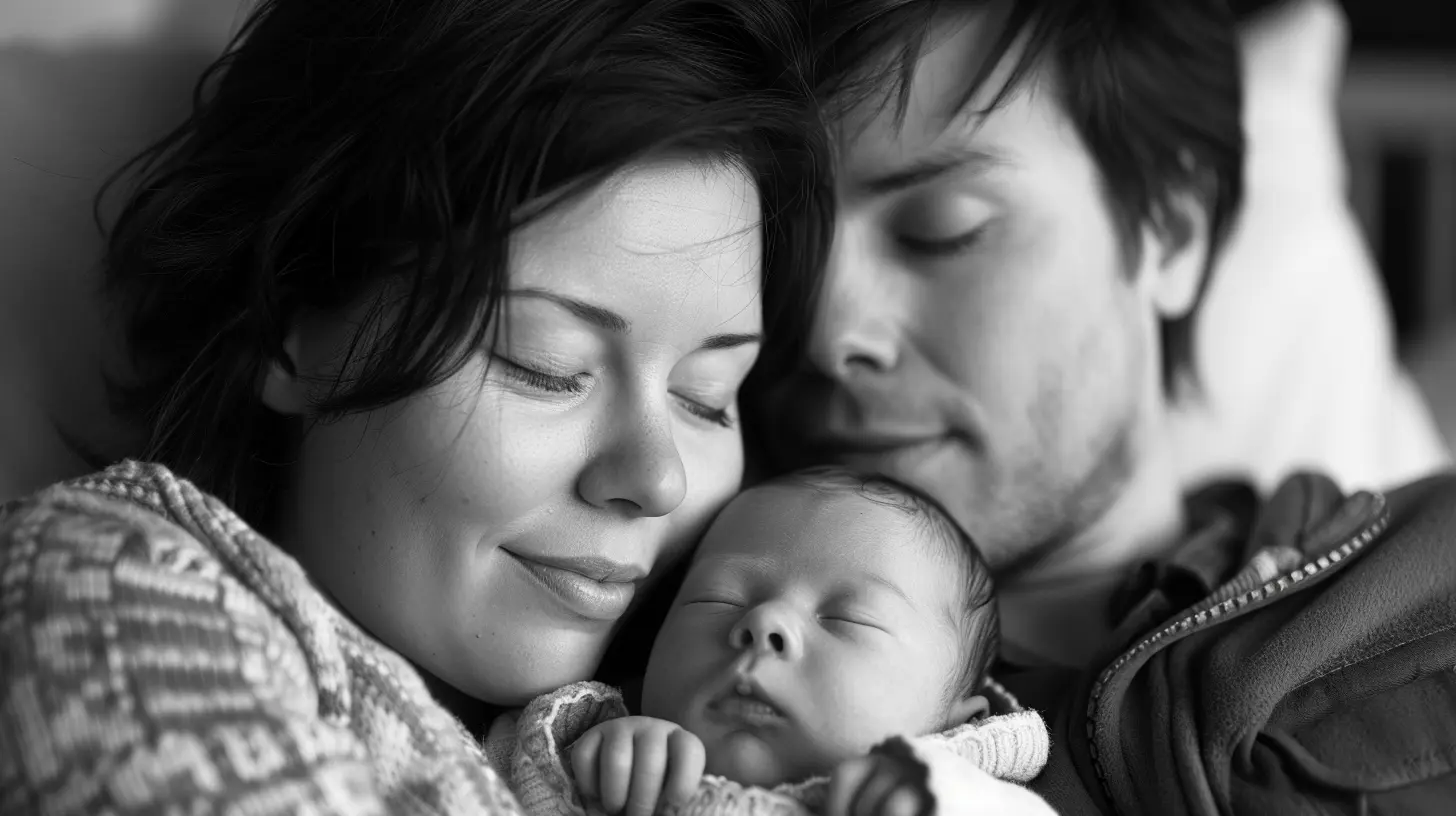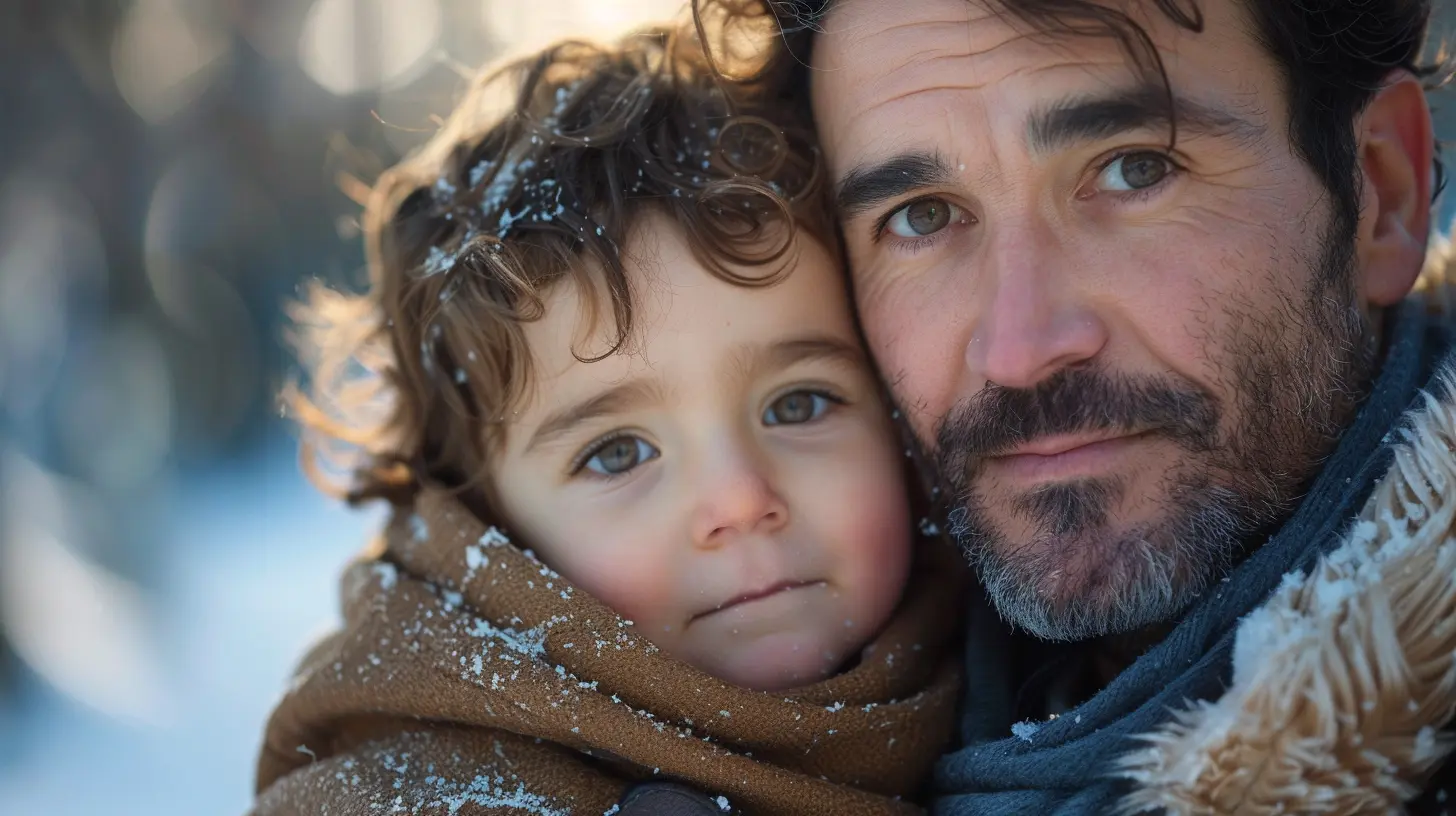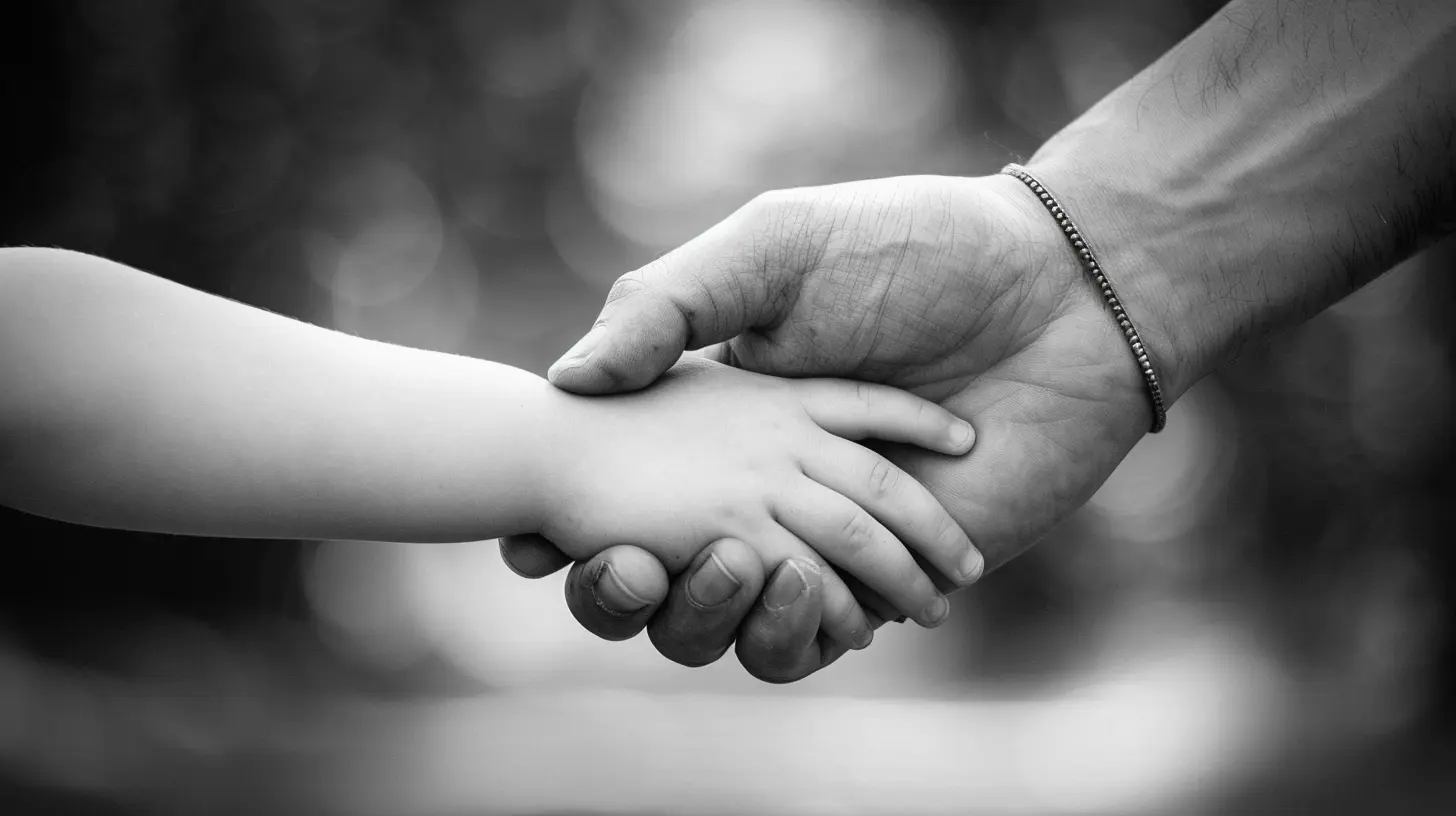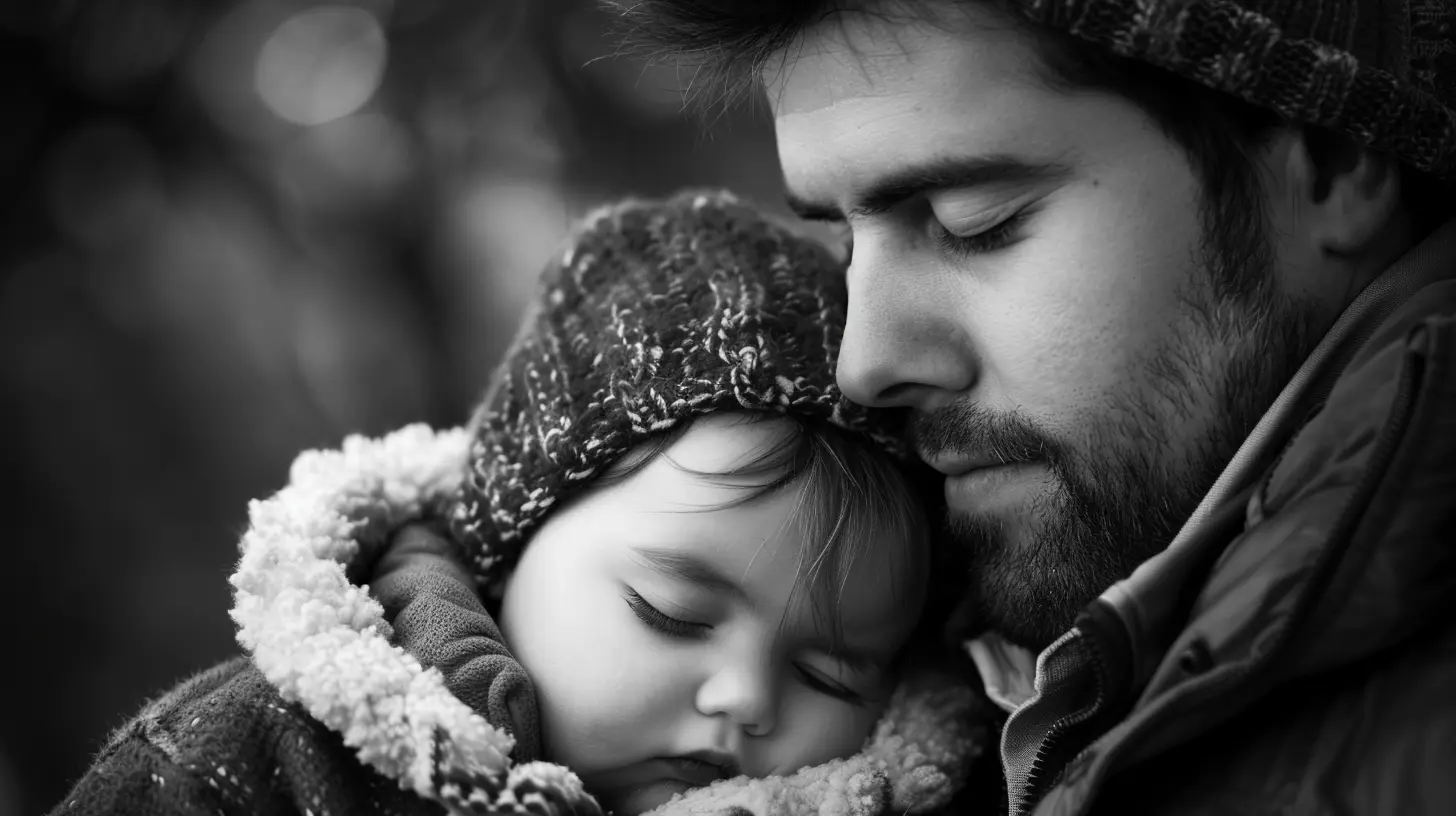The Power of Bonding: How Attachment Parenting Builds Strong Parent-Child Connections
23 June 2025
So, you’ve probably heard the buzzwords: attachment parenting, bonding time, secure attachment—maybe even while scrolling through a parenting forum at 2 a.m. with one eye barely open. Sound familiar? Don’t worry. You’re not alone on this wild ride called parenting.
Let’s get real. Parenthood doesn't come with a manual (unless you count that crumpled baby product instruction booklet you lost in the diaper bag). But one thing that really does matter—something that can truly shape the way your child grows emotionally and socially—is how connected they feel with you. That’s where attachment parenting swoops in like a superhero with a baby sling and a sidekick sippy cup.
Ready to dive in? Grab your coffee—or cold cup of it—and let’s unpack the power of bonding and how attachment parenting can help you become your child’s safe space and superhero all rolled into one.
What Even Is Attachment Parenting?
If you’re new to the term or just kind of nodded along when your crunchy-mom friend mentioned it, don’t stress. Attachment parenting is basically an approach that emphasizes connection between parent and child. It's like reinforcing the invisible umbilical cord that emotionally ties you together.Created by pediatrician Dr. William Sears and his wife Martha, this philosophy focuses on nurturing strong emotional bonds through love, sensitivity, and responsiveness. Think skin-to-skin contact, baby-wearing, co-sleeping (when safe), breastfeeding, and gentle discipline.
It’s not about helicoptering or over-parenting—it’s about being attuned to your child’s needs, honoring their emotions, and building trust from day one.
Why Bonding Matters More Than Matching Onesies
Yes, coordinating outfits are adorable, but let’s talk about something deeper: emotional security. Babies come into the world all squishy and helpless, relying entirely on you. Your presence, your touch, your voice—all of it sends their tiny brains a giant neon message: “You’re safe. You’re loved. I’ve got you.”When children feel securely attached, they’re more likely to:
- Develop healthy self-esteem
- Build stronger relationships in the future
- Handle stress and frustration better
- Show empathy toward others
So, we're not just raising kids; we’re raising future adults who'll (hopefully) be kind, balanced, and emotionally intelligent. Cheers to that, right?
The Core Principles of Attachment Parenting (A.K.A. The AP Starter Pack)
Attachment parenting doesn’t mean you’re glued to your child 24/7 like peanut butter on toast (though some days it’ll feel like that). It’s about being present and responsive. Here’s the lowdown on the key principles:1. Prepare for Pregnancy, Birth, and Parenting
This means educating yourself, emotionally preparing, and setting the intention to bond from day one. Think of it like pre-gaming for the parenthood party.2. Feed with Love and Respect
Breastfeeding, bottle-feeding—it doesn’t matter, as long as the feeding time is nurturing. Eye contact, cuddles, and soft words go a long way.3. Respond with Sensitivity
This is the biggie. When your baby cries, respond. When your toddler throws a tantrum, acknowledge their feelings. It’s not about spoiling; it’s about showing them their emotions matter.4. Use Nurturing Touch
Skin-to-skin, baby massages, hugs—basically, get your snuggle on. Physical affection is like emotional glue.5. Ensure Safe Sleep (Physically and Emotionally)
Whether you co-sleep or room-share, the goal is simple: make nighttime feel safe and secure. No monsters under this bed, thank you very much.6. Provide Consistent Loving Care
This isn’t about being perfect—it’s about being reliable. Your kid should know you’ll be there, rain or shine, tantrum or triumph.7. Practice Positive Discipline
Ditch the yelling and power struggles. Attachment parenting leans into teaching over punishing. Think redirection, empathy, and modeling good behavior.8. Strive for Balance in Your Personal and Family Life
Psst—burnout is real. Self-care isn’t selfish; it’s essential. You can’t pour from an empty sippy cup, remember?
How Attachment Builds a Super-Sized Bond
Let’s break it down.Imagine your child is a little seed you’ve planted in a cozy patch of your heart. With constant affection, gentle guidance, and emotional availability, you’re watering that seed every day. Over time, it grows—not just roots (security) but strong branches (confidence, independence, and resilience).
Attachment parenting doesn’t mean you’ll have a clingy child forever. Quite the opposite. When kids feel secure, they’re more likely to explore their world, take risks, and handle challenges. You’re their launchpad, their home base, and their soft place to land.
Real Talk: Is It All Sunshine and Snuggles?
Let’s be honest—it’s not always a curated Instagram feed out here.Sometimes you’ll feel touched out, sleep-deprived, and one step away from hiding in the pantry with chocolate. And that’s okay. Attachment parenting isn’t about perfection. It’s about consistency and connection. Showing up, even when your hair is a mess and your patience is thin.
And yes, boundaries are still important. Attachment parenting doesn’t mean being a doormat. It’s about honoring both your child’s needs AND your own.
Quirky (But Mighty) Ways to Boost Bonding
Want to infuse more connection into your parenting style without overcomplicating things? Here are some fun bonding ideas to try:- Dance breaks: Impromptu living room dance parties release stress and build joy. Bonus points for silly hats.
- Bedtime rituals: Whether it's reading the same goofy story or whispering a secret mantra, predictability = comfort.
- Eye-gazing contests: Sounds weird, but maintaining eye contact strengthens emotional closeness. Cue the giggles.
- Make up a family handshake: Who said secret handshakes are just for playground gangs?
- Tell stories from your own childhood: Kids love learning that you were once a tiny tornado too.
Sometimes, the tiniest moments make the biggest impact. Never underestimate the power of goofy faces, whispered “I love yous,” and belly laughs.
Attachment Parenting: Myths vs. Reality
There's a boatload of misinformation out there. Let’s clear up a few common myths:❌ Myth: It creates clingy, dependent children
✅ Reality: Secure attachment builds confidence. These kids actually become more independent because they know help is available if needed.❌ Myth: You have to follow all the principles
✅ Reality: Nope! It’s not one-size-fits-all. Pick what resonates with your family and your lifestyle. Flexibility is key.❌ Myth: It’s only for moms
✅ Reality: Dads, grandparents, foster parents—any loving caregiver can practice attachment parenting. It's about presence, not gender.❌ Myth: It ends when your kid is out of diapers
✅ Reality: Emotional connection is lifelong. Sure, babywearing might fade out (unless your teenager is really into it), but the principles evolve as your child grows.Don’t Compare, Connect.
Your journey is your own. Attachment parenting isn’t a gold medal event. It’s a personal choice grounded in love. Whether you co-sleep until kindergarten or sleep-train at 6 months, what matters most is that your kid feels safe, loved, and understood.If you’re loving, consistent, and emotionally available, you’re already doing a stellar job. Your bond doesn’t have to look like anyone else's—it just has to feel like home to your little one.
Final Thoughts: Your Presence Is the Magic
At the end of the day (and sometimes in the middle of the night), kids don’t need perfection. They need you. They need your warm hugs, your listening ears, your goofy dance moves, and your unconditional love.Attachment parenting is less about rules and more about a mindset. It’s about leaning in instead of pushing away, connecting instead of correcting, embracing instead of judging.
So give yourself grace. Hug your baby. Snuggle your toddler. Text your teenager a heart emoji. Every moment you show up with intention and love, you're wiring their brain for connection—and your heart for a bond that lasts a lifetime.
all images in this post were generated using AI tools
Category:
Attachment ParentingAuthor:

Max Shaffer
Discussion
rate this article
2 comments
Joy Whitaker
Thank you for this insightful article! It beautifully highlights the importance of bonding in parenting. Strengthening the parent-child connection fosters trust and nurturing relationships, ultimately benefiting children's emotional well-being and development. I appreciate your valuable perspective!
September 27, 2025 at 3:24 PM

Max Shaffer
Thank you for your kind words! I'm glad you found the article insightful and that it resonated with you. Strengthening the parent-child bond is indeed vital for emotional well-being.
Callista Rogers
Strong bonds lead to happy hearts—keep nurturing that love!
July 4, 2025 at 5:02 PM

Max Shaffer
Thank you! Nurturing those bonds truly is essential for fostering happiness and connection.


